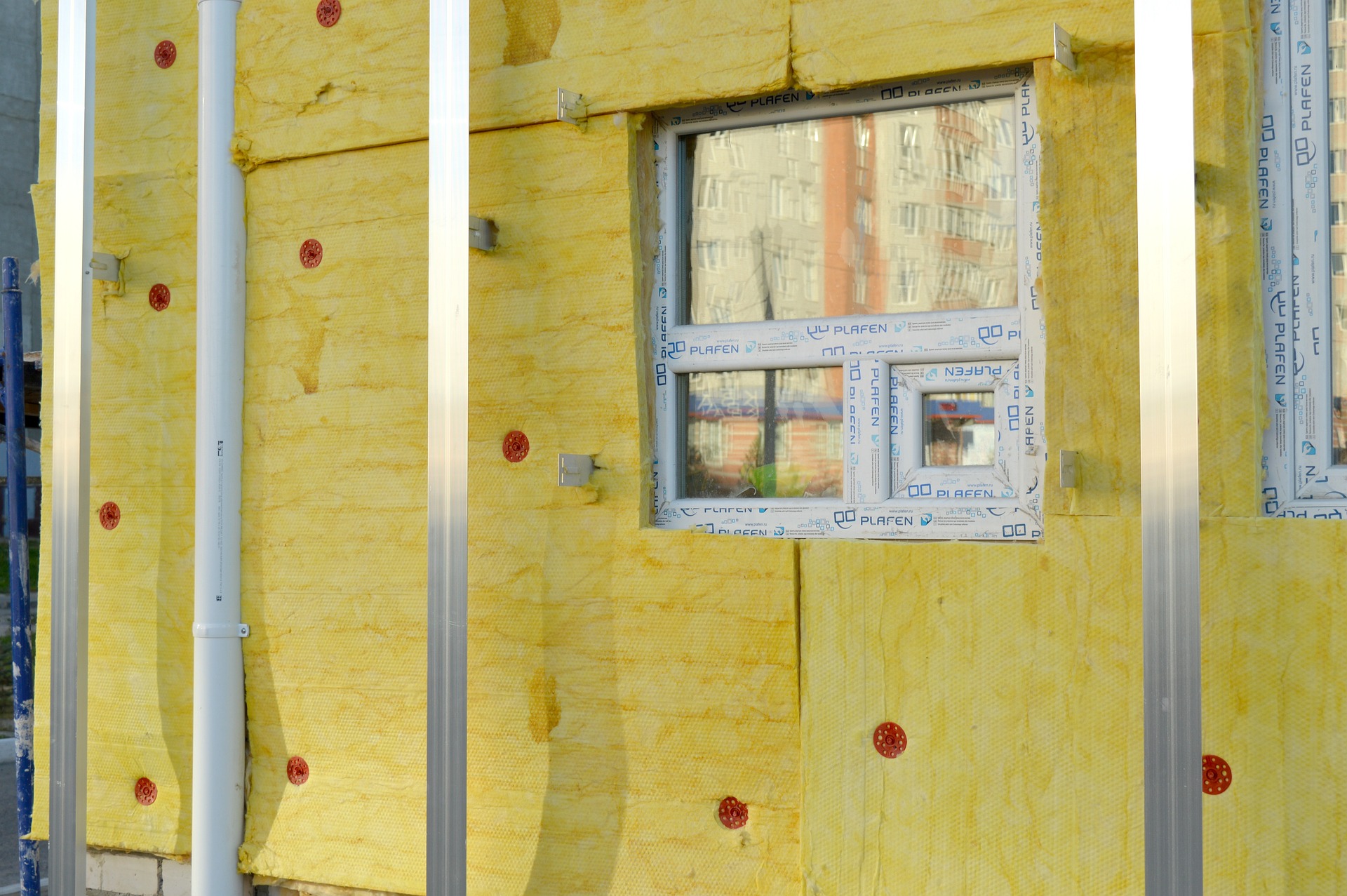Holographic Opera: A New Dimension in Classical Performance
In the ever-evolving landscape of performing arts, a groundbreaking fusion of technology and tradition is captivating audiences worldwide. Holographic opera, a cutting-edge blend of classical music and state-of-the-art visual effects, is redefining the boundaries of theatrical experience. This innovative approach to opera production is not only breathing new life into beloved classics but also attracting a diverse, tech-savvy audience to an art form often perceived as antiquated. As holographic techniques continue to advance, the opera world stands on the brink of a revolutionary transformation.

Technical Marvels Behind the Curtain
At the heart of holographic opera lies a complex interplay of cutting-edge technologies. High-powered laser projectors, advanced motion capture systems, and sophisticated rendering software work in concert to create lifelike, three-dimensional images that seamlessly interact with live performers. The process begins months before opening night, with meticulous digital modeling of sets, costumes, and characters. During performances, a team of technicians orchestrates the holographic elements in real-time, ensuring perfect synchronization with the music and live action on stage.
Reimagining Classic Works
Holographic technology has opened up new possibilities for interpreting classic operas. Directors and designers now have the freedom to create fantastical worlds and impossible scenarios that were once limited by the constraints of physical sets. For instance, a recent production of Mozart’s The Magic Flute featured a shape-shifting forest and flying creatures that appeared to soar over the audience. This enhanced visual spectacle not only adds a new layer of wonder to familiar works but also allows for more nuanced storytelling, bringing abstract concepts and emotions to life in vivid detail.
Bridging the Gap Between Tradition and Innovation
While some traditionalists initially resisted the incorporation of holographic elements, many have come to embrace the technology as a means of preserving and promoting opera in the digital age. By appealing to younger, tech-savvy audiences, holographic productions are helping to ensure the longevity of this centuries-old art form. Moreover, the technology has proven to be a valuable tool for education and outreach, allowing opera companies to create interactive experiences that demystify the genre and make it more accessible to newcomers.
The Future of Holographic Opera
As holographic technology continues to advance, the possibilities for opera production seem limitless. Some visionaries in the field are already exploring the potential for fully virtual performances, where audiences could experience world-class productions from the comfort of their homes. Others are experimenting with interactive elements that would allow viewers to influence the course of the story in real-time. While these developments raise questions about the nature of live performance and the role of the audience, they also promise to push the boundaries of creativity and engagement in exciting new directions.



